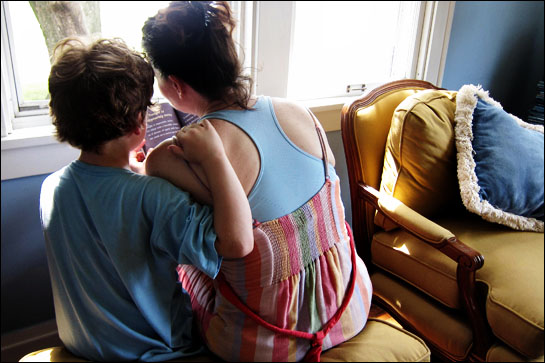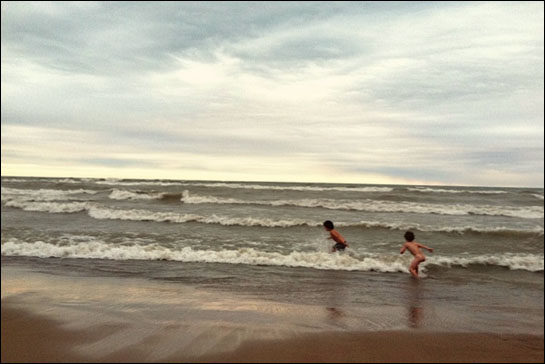
My husband physically assaulted me last week. For the second time. The first time, my six-year-old saw it. Here’s the post about it.
I’ve been talking about it all week. On my blog (there are 400 comments) in my family (calls from two of three brothers that I should leave) and among my friends (I’m blown away by how many invitations I’ve received to come visit.)
I haven’t said anything here because I know people think you have to have a stable home to homeschool.
But I think that’s crap. I mean, I think you need a stable home for 5000 reasons. But there is no evidence that public school is effective for kids from unstable homes. In fact, based on graduation rates at high-risk schools, it appears that public school is really terrible for kids from messed up homes.
So it’s been hard to hear from people who tell me to put the kids in school while I figure out what I’m doing. Because deep down I know that sending a kid to school doesn’t shield the kid from anything.
I know. I know because I went to public grade school. I came in late, bruised, dirty clothes and bloody noses. And no one said a thing. They just took my note from my dad that said I was sick the day before and school went on and on.










